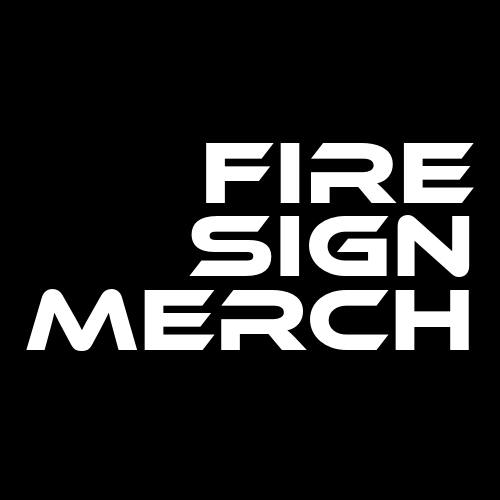I am not a graphic designer. As such, I really feel the client’s pain when I ask them to send art. It seems like a simple request, but the truth is it’s not unless you are a graphic designer.
In the digital world, images are made up of tiny squares called pixels. You’ve seen pixels on images that were “blown up,” or increased in size, without the proper technique. The edges of an image start to look like little stairs. (Depending on your age, you might also remember pixels from early video games in the ’90s.)
We can’t print files like this because you will hate the final product, and we don’t want to make bad products! All professional printers, whether printing on paper or textiles, will require a vectorized version of your design. This might sound crazy, even if your design intentionally includes pixels as a stylistic choice, like the famous “Deal With It” sunglasses, your production partner will still need a vector file.
A vector file is unique in that it doesn’t use pixels. Instead of pixels, it uses math-based equations to define smooth lines and shapes. In doing so, the image always looks clear and sharp no matter how much you zoom in. We could print that baby on the side of a skyscraper and we still won’t lose any quality, or see any jagged, stair-like edges.
Moreover, working with a vectorized file allows you to easily change colors, adjust shapes, and edit with precision. And if you need to share the art with a manufacturer or printer, like Fire Sign Merch, they’ll see the same sharp and clear image you created, no matter what software or device they open the file with. Your image becomes totally agnostic.
The good news is we can still work with you even if you don’t have a vectorized version of your design. It is required before we can go to production, but our team of designers has vectorized smartphone pics of designs, screenshots of designs, and hand drawings on napkins. Even if your idea is still just kicking around in your head, get in touch and we’ll figure it out together.

